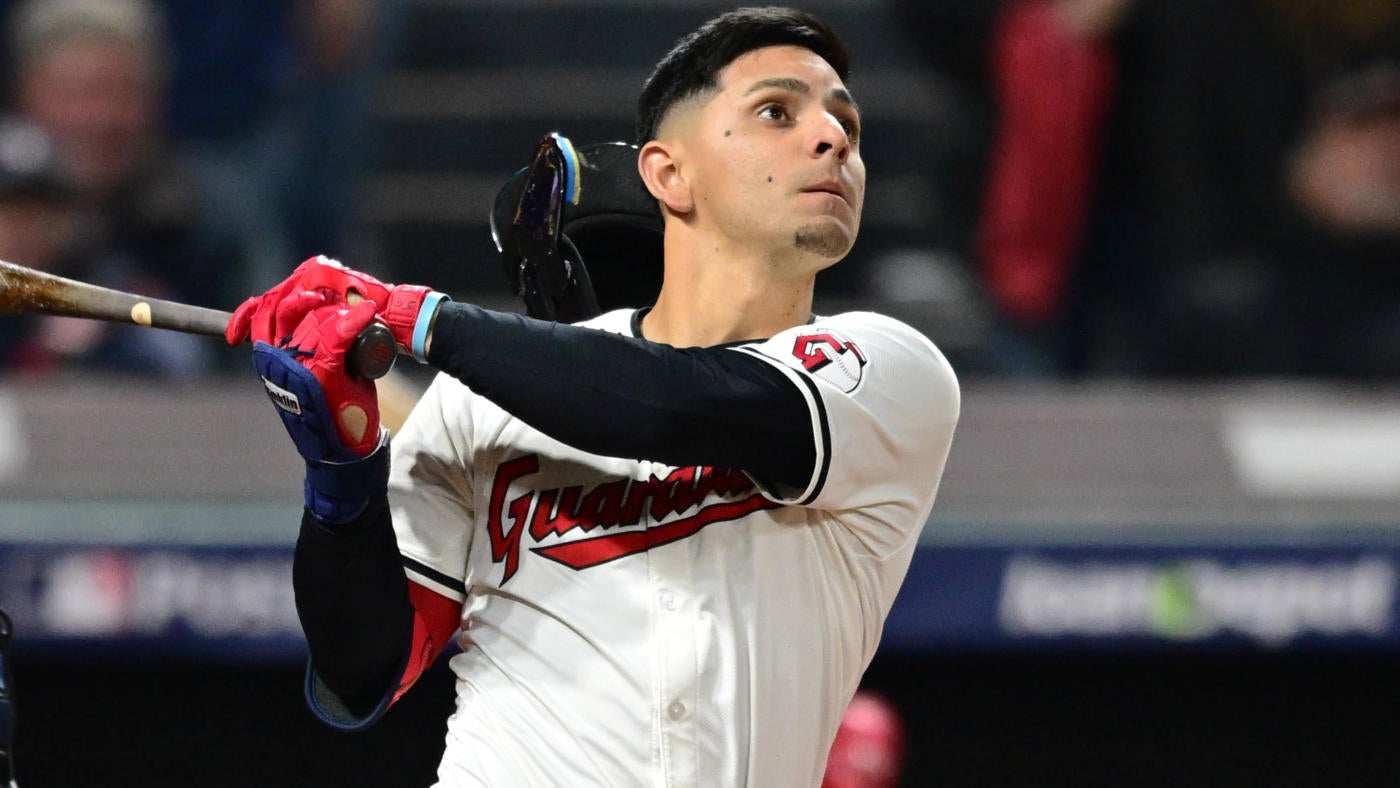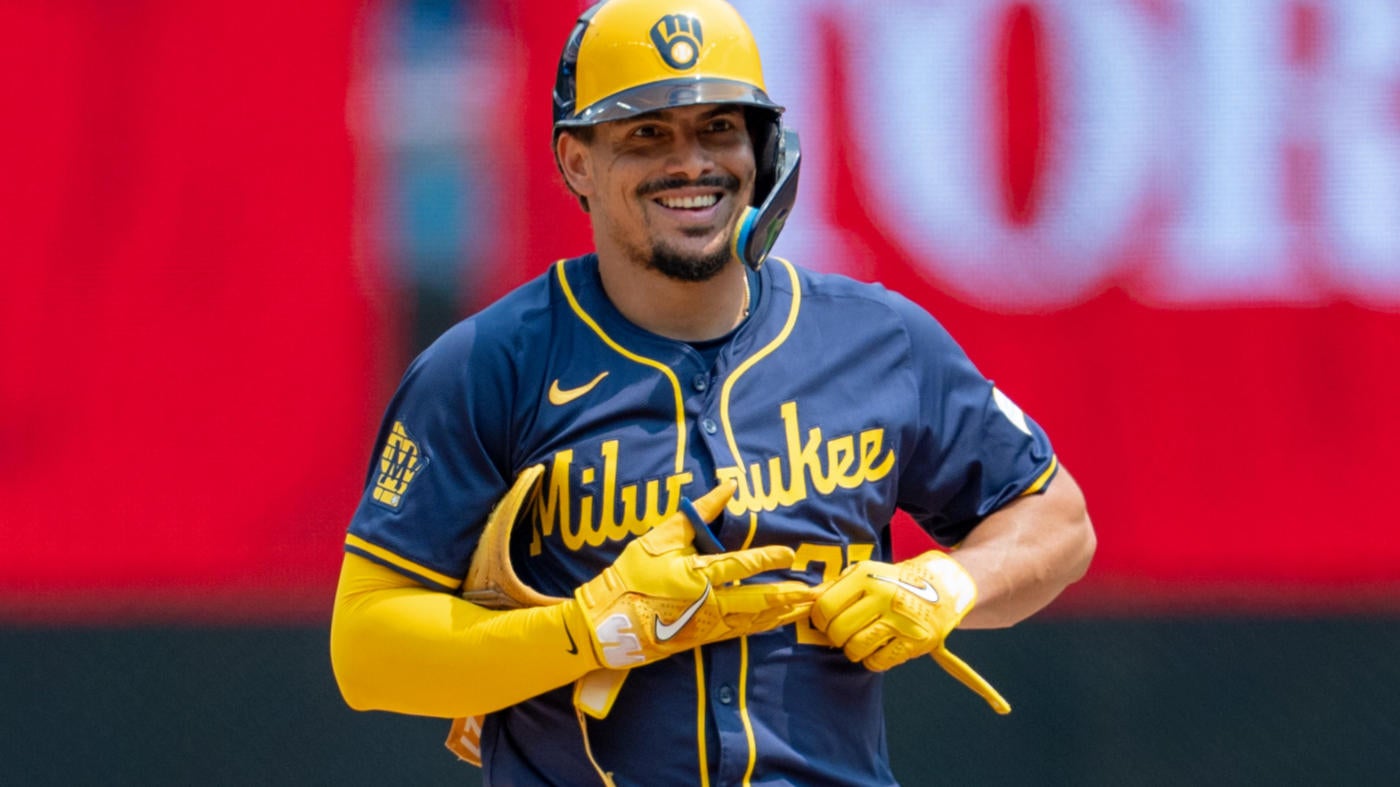O hotărâre recentă asupra fotbalului universitar împotriva NCAA ar putea sfârși prin a avea un impact considerabil asupra viitorului baseball-ului universitar.
Miercuri, un judecător federal din Tennessee a acordat o ordonanță pentru fundașul Vanderbilt Diego Pavia, permițându-i să urmeze încă un an de eligibilitate NCAA. Asta înseamnă că timpul petrecut de un atlet de facultate în colegiu pentru juniori nu se ia în considerare pentru anii lui generali de eligibilitate NCAA.
Dacă este susținut, acest lucru ar însemna că un jucător care petrece doi ani la un colegiu pentru juniori și-ar putea începe cariera în NCAA ca boboc, cu patru ani de eligibilitate rămase în loc de cei doi actuali.
În timp ce cazul lui Pavia este legat de un jucător de fotbal SEC, în așteptarea unei hotărâri finale, schimbarea ar putea avea un impact profund asupra baseballului colegiului, draftului MLB și chiar ligilor minore. Am vorbit cu o duzină de cercetăși și antrenori MLB despre potențialele consecințe.
Un antrenor asistent de baseball ACC și-a rezumat gândirea: „Mă întreb ce urmează de la administratori. Baseballul la facultate va fi cu totul diferit dacă juco nu contează”.
Iată cum ar putea fi simțit impactul de către toți cei implicați la fiecare nivel.
Jucătorii
Această decizie este un clar pozitiv pentru jucătorii amatori. Dacă sezoanele la un colegiu pentru juniori încetează să mai conteze pentru standardul NCAA de patru sezoane de joc în cinci ani, jucătorii ar putea folosi calea pentru a-și alinia mai bine cele mai bune sezoane de colegiu la cele mai bune școli pentru cel mai mare timp de joc și cel mai bun rezultat monetar (NIL, salariu sau bonus de semnare a schiței), cu flexibilitate de a schimba școlile în fiecare sezon și probabil obținerea unei diplome sau două diplome gratuite pe parcurs.
Iată un scenariu:
Liceu (vârsta de 18 ani): Jucătorul refuză un bonus de semnătură de șase cifre în draftul de la liceu.
College Year 1 (vârsta 19): jucătorul nu are un loc de titular la școala Power 4 la care s-a angajat în liceu și, în loc să joace cu jumătate de normă, cere un tricou roșu pentru a-și păstra eligibilitatea. (Acest jucător este, de asemenea, eligibil pentru draft în fiecare an din acest scenariu, cu excepția celui acesta.)
Anul 2 de facultate (vârsta de 20 de ani): jucătorul se mută la un colegiu pentru juniori, unde începe și progresează ca prospect cu repetări regulate.
Anul 3 de facultate (vârsta de 21 de ani): progresia jucătorului continuă și el se angajează la o facultate mijlocie în timpul celui de-al doilea an de facultate.
Anul 4 de facultate (22 de ani): Jucătorul este boboc în cămașă roșie și are un an grozav la o școală de mijloc.
Anul 5 de facultate (vârsta de 23 de ani: jucătorul se transferă la o școală SEC ca student în doi ani și primește un pachet de 100.000 USD+ NIL.
Anul 6 de facultate (vârsta de 24 de ani): se întoarce/transferă la școala SEC ca junior.
Anul 7 de facultate (vârsta de 25 de ani): se întoarce/transferă la școala SEC ca senior.
Există și alte scenarii, cum ar fi un an postuniversitar după liceu, o cămașă roșie de la colegiu, o cămașă roșie medicală etc., care înseamnă că noi putea să vezi într-o zi un jucător sărbătorind cea de-a 30-a aniversare în timp ce încă joacă baseball la facultate.
Unul dintre punctele cheie aici care i-ar stimula pe jucători să ia în considerare această cale este că ar fi eligibili pentru draft în aproape fiecare sezon al carierei lor universitare. Acest lucru le oferă oportunitatea de a pleca pentru profesioniști ori de câte ori stocul lor este cel mai mare, deoarece regulile MLB permit jucătorilor să fie selectați după fiecare sezon la un colegiu de juniori sau într-un sezon de colegiu în care împlinesc 21 de ani până la 1 august. În sistem, jucătorii trebuie adesea să decidă între a lua ceea ce li se oferă ca absolvenți de liceu sau a aștepta trei ani pentru a fi din nou eligibili pentru draft. Până de curând, cu NIL și în curând împărțirea veniturilor, acești jucători nu câștigau bani între cele două decizii.
Există totuși un dezavantaj pentru jucători: ar deveni mai rar ca bobocii să contribuie la școlile de top, astfel că școlile de top vor oferi probabil mai puține burse jucătorilor de liceu și va deveni foarte competitivă pentru locurile pe listă la aceste colegii de top, exacerbând ceva care a început deja să se întâmple odată cu recentul set de reforme a listelor.
Programe de facultate
Baseballul pentru colegii pentru juniori ar avea cel mai mare impact imediat cu această schimbare, deoarece nu este o cale de conducere către baseballul profesionist în acest moment. De fapt, în ultimele cinci draft-uri MLB, a existat doar o alegere în prima rundă, una în runda a doua și trei alegeri în runda a treia selectate direct din colegiile de juniori. Este mai obișnuit să vezi jucători transferați de la colegii de juniori la colegii de patru ani și apoi mergi devreme în draft, dar aceasta este încă văzută ca o cale secundară în cel mai bun caz. Ambele căi de la colegiu junior la profesioniști ar deveni mai comune atunci când se elimină cei doi ani arși de eligibilitate și se infuzează nivelul juco cu talent care caută să maximizeze opțiunile viitoare.
Feedback-ul pe care l-am primit de la cercetașii MLB și de la antrenorii colegiului cu privire la ceea ce înseamnă acest lucru pentru școlile de patru ani a arătat că ramificațiile vor fi simțite și până la cele mai înalte niveluri ale Diviziei I de baseball.
Școlile de top ar avea liste care să prezinte un amestec de perspective de top de la o vârstă obișnuită a colegiului și jucători colegiali „profesioniști” de la mijlocul până la sfârșitul vârstei de 20 de ani, aceștia din urmă amestecându-se și ieșind aproape în fiecare sezon.
De fapt, un cercetaș mi-a trimis un mesaj cu titlul Pavia și a adăugat: „NCAA tocmai a primit o ligă minoră”. I-am trimis un mesaj text pentru a clarifica: „SEC va fi doar niște băieți la draft și tineri de 26 de ani?” — Destul de mult.
Au existat deja câteva povești în această vară despre recruți de liceu de top (oferte de bonus de la mijlocul până la șase cifre de la echipele MLB) care au fost abandonați de programele de colegiu de top la sfârșitul procesului în favoarea unui junior de colegiu care se transferă pentru a primi un șase. -pachet cifra NIL, probabil va semna un contract pro după un sezon.
Acest transfer este aproape sigur un jucător mai bun pentru acel an decât bobocul care vine, dar necesită resurse NIL doar pentru un sezon de performanță. S-ar putea să vedem mai multe decizii pe termen scurt ca aceasta luate de antrenori, pe măsură ce salariile lor continuă să crească — câștigarea unei serii suplimentare ar putea valora milioane. Continuă să existe mai puține stimulente pentru a dezvolta jucători în facultate pentru mai multe sezoane de la un rol mic la unul mai mare și, în același timp, a convinge o perspectivă promițătoare să folosească un an de eligibilitate pentru un rol cu jumătate de normă ar fi mai dificil.
echipele MLB
În prezent, există o bară destul de ridicată pe care echipele trebuie să le șteargă atunci când oferă un bonus pentru a atrage un jucător să iasă de la liceu, adesea undeva între 500.000 USD și 1 milion USD. Am început să vedem câteva exemple de jucători care aleg facultatea în locul mingii profesionale, cu oferte NIL jucând un rol important. Am putut vedea o lume în care colegiile pentru juniori sunt strict pentru dezvoltare și timp de joc, programele de top de patru ani de colegiu devin comparabile cu Low-A la nivel de competiție și mediul profesional, iar colegiile mijlocii majore sunt o stație de drum între cele două.
Vederea unui prospect de top în vârstă de 21 de ani care se confruntă cu un tânăr inteligent de 26 de ani pe viață la facultate în mod regulat înainte de draft, ar permite echipelor MLB să se simtă mai bine cu privire la modul în care va arăta acel prospect de top în ligile minore, crescând astfel rentabilitatea percepută a investiției pe care o au. face pe player. Cercetașii cu care am vorbit erau și ei îngrijorați de locurile lor de muncă din cauza siguranței pe care le-ar crea aceste tipuri de confruntări. La programele de top de colegiu, unde există videoclipuri complete și diagrame ale fiecărei terenuri, alături de date bogate care rivalizează adesea cu stadiile MLB, opinia cercetașilor de pe stadion ar putea conta mai puțin atunci când modelele analitice ar putea cuantifica și mai multe informații cheie utilizate pentru hotărâri de zi de proiect.
Dacă conferințele colegiale de top încep să reproducă o mulțime de ceea ce vor oferi minorii inferiori, atunci și talentul minorilor inferiori ar scădea într-o oarecare măsură. Nu cred că acest lucru ar afecta deloc Double-A sau Triple-A – vor exista doar două căi similare care vor duce la minorii superioare și ligile mari.
Echipele MLB ar continua să recruteze și să semneze în mod regulat cei mai buni jucători din liceu și primele colegii de patru ani în primele runde, așa cum o fac acum, dar combinația puternică dintre ligile minore recent contractate, portalul NIL/transfer și colegiile pentru juniori. ca un teren de antrenament care nu folosește eligibilitatea NCAA ar putea duce la mai puțini jucători care semnează pentru bonusuri mai mici de șase cifre pentru a se dezvolta în ligile minore, deoarece beneficiile ar putea fi mai mari. în facultate.
Gândiți-vă la asta din perspectiva unui tânăr jucător: obțineți o educație gratuită, o mare parte din potențialul dvs. bonus de semnare în împărțirea veniturilor/NIL sezonul următor și șansa de a crește dramatic acel eventual bonus — atunci când este posibil singura dvs. zi de plată mare în baseball — ar putea fi o mișcare inteligentă. Cealaltă opțiune este să luați un bonus mic de șase cifre pentru ceea ce ar putea fi doar câțiva ani de joc la minori înainte de a fi lansat. Echipele care adoptă o abordare în masă a draftului cu un număr de jucători colegiali cu bonusuri de la jumătatea la șase cifre ar putea fi nevoite să-și ajusteze strategia.
Schimbarea modului în care echipele sunt capabile să atragă talent de la nivelurile de amatori prin sistemele lor în ligile majore ar putea fi un factor de diferență suficient de mare pentru a modifica ambele strategii de echipă și, eventual, modul în care funcționează draftul. Vă puteți imagina apoi o lume în care această serie de schimbări duce la un draft mai mare de jucători care merg în mare parte direct la High-A sau Double-A și s-ar putea să fie la doar un an distanță de ligile majore atunci când sunt recrutați. Conduce la un draft mai scurt? Un sistem de draft-and-follow modificat? Un sistem de împrumut precum fotbalul? Se implică MLB mai mult în jocul universitar, poate prin subvenționarea burselor sau ținând draftul MLB la Omaha în preajma College World Series?







